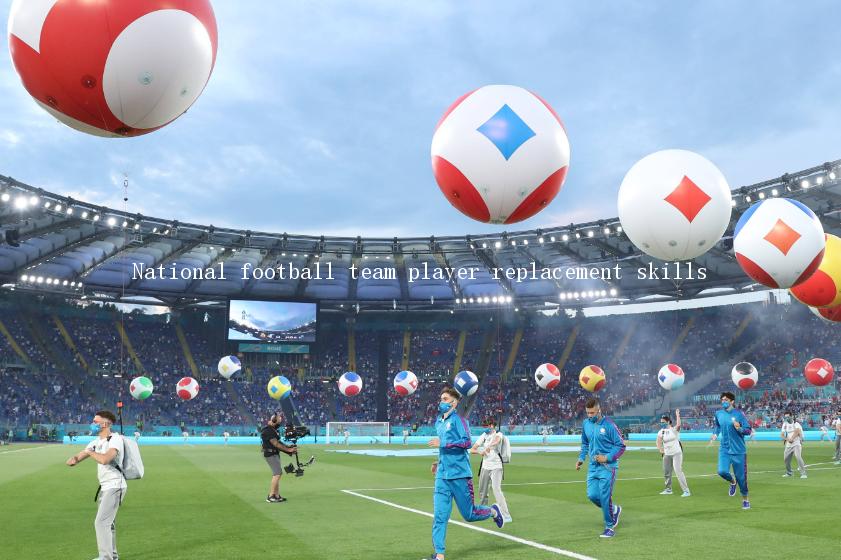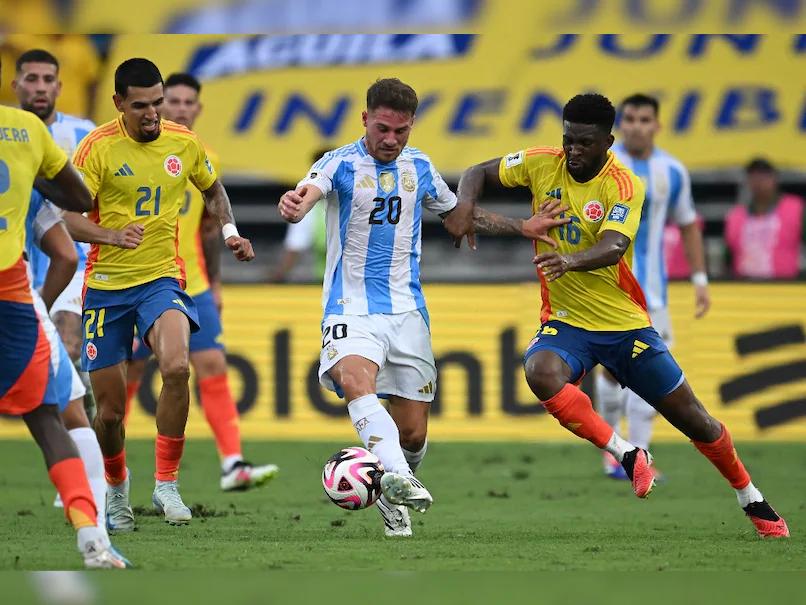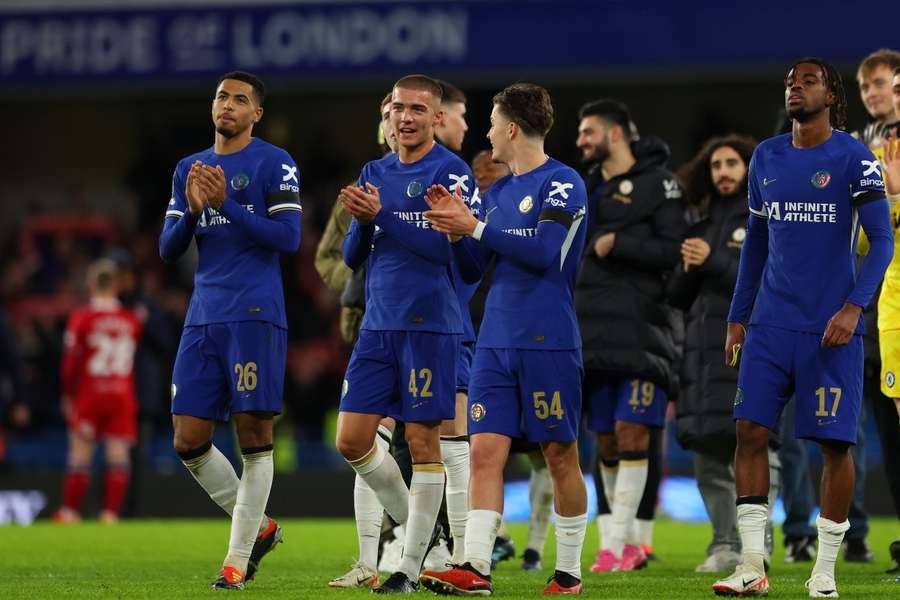National football team player replacement skills

The player replacement skills of the national team in live football are a very important part of the game. In the long-term preparations, the national team may face player injuries or need to make tactical adjustments. Therefore, coaches and players need to understand some replacement techniques to maintain the overall strength of the team.
Player replacement requires a clear tactical plan. Each player must be clear about his task and position in order to make effective replacements during the game. Coaches need to make replacement plans based on the team's overall tactical deployment so that the entire team's tactics will not be excessively disrupted.
Player replacement must have a spirit of implementation. There is a need for sufficient tacit understanding and cooperation between players, and replacements need to be completed quickly and accurately to reduce tactical loopholes and mistakes. The timing of player replacement is also critical. You cannot replace players at too fast or critical moments in the game, otherwise it may affect the stability of the team.
Player replacement also requires flexibility. During the game, the situation may change at any time, and the replacement strategy needs to be adjusted according to the situation. Some players may be in poor condition, reduced physical strength, or injured. At this time, the coach needs to weigh and make decisions to select the most suitable replacement player to maintain the overall strength of the team.
Player replacement also needs to consider the player's individual characteristics and abilities. Different players have different characteristics and abilities in terms of technique, defense and offense. Coaches need to select the most suitable player to replace according to the needs of the game and the strength of the opponent to achieve the best results.
Player replacement skills for national football teams are complex and meticulous tasks, requiring coaches and players to have certain tactical awareness and rapid decision-making ability during preparations and competitions. Only by being familiar with the characteristics and abilities of each player, and clearly knowing the timing and methods of replacement, can we maintain the team's competitiveness and stability in the game.
RELATED STORIES






LATEST NEWS







